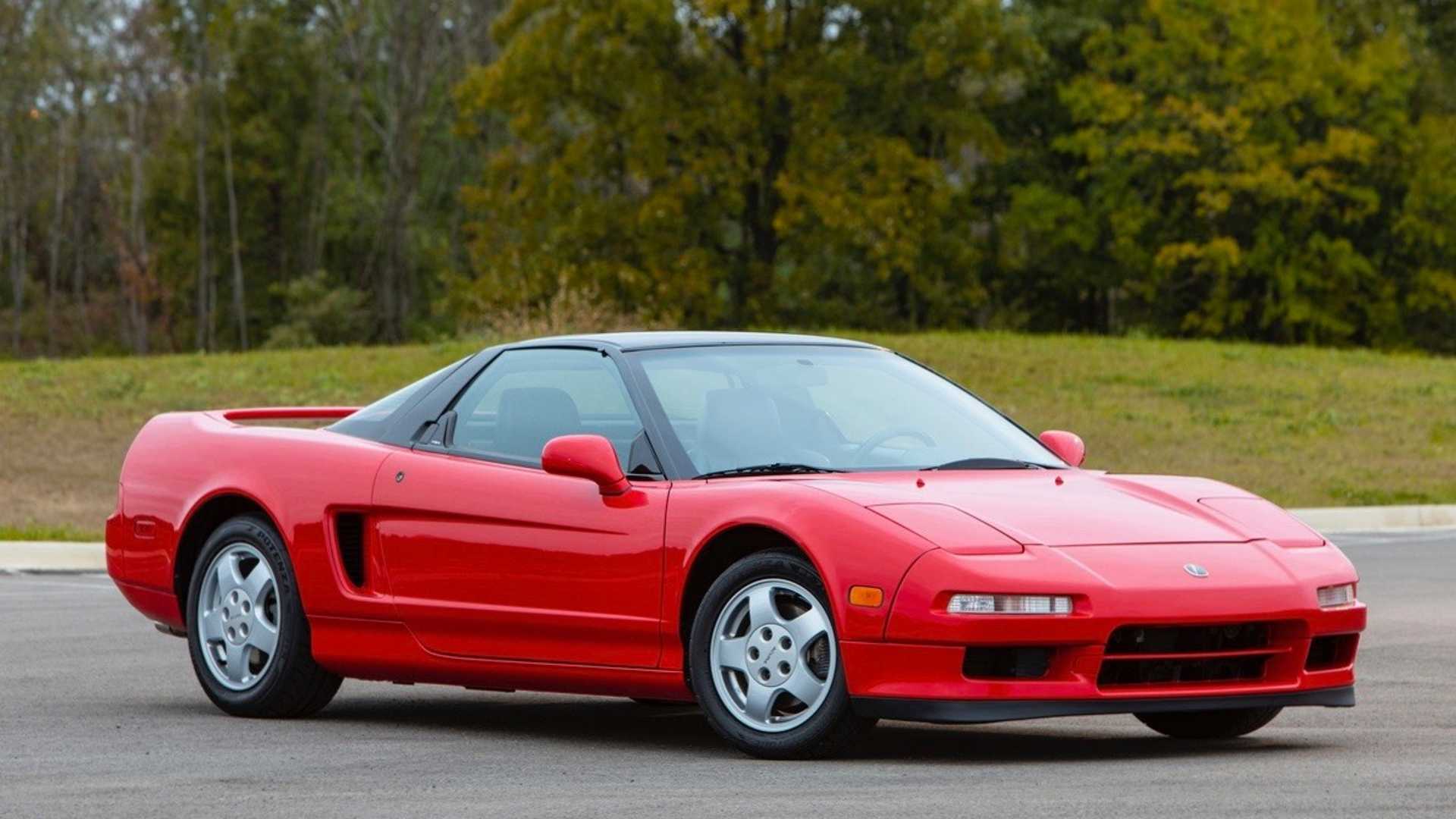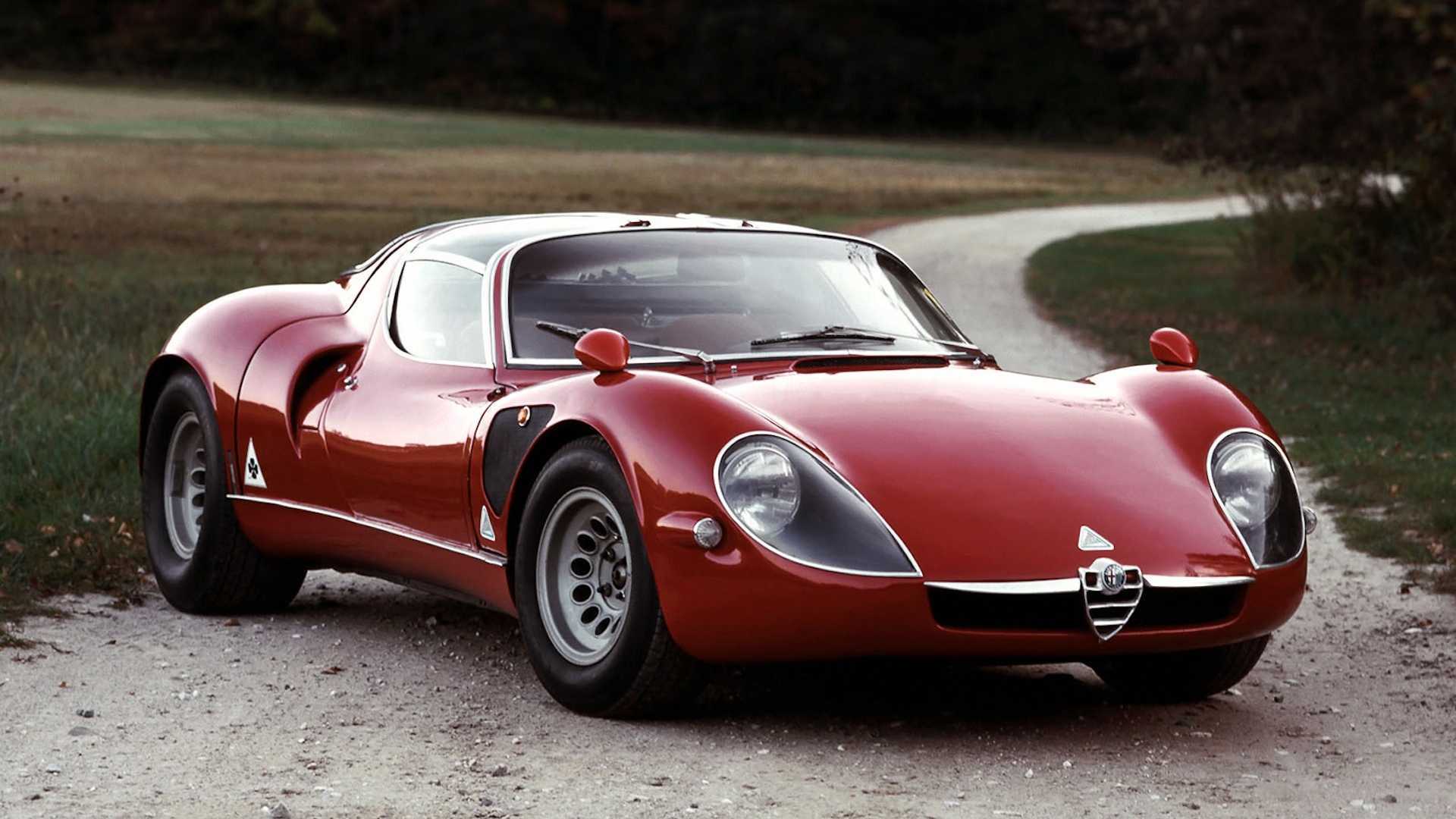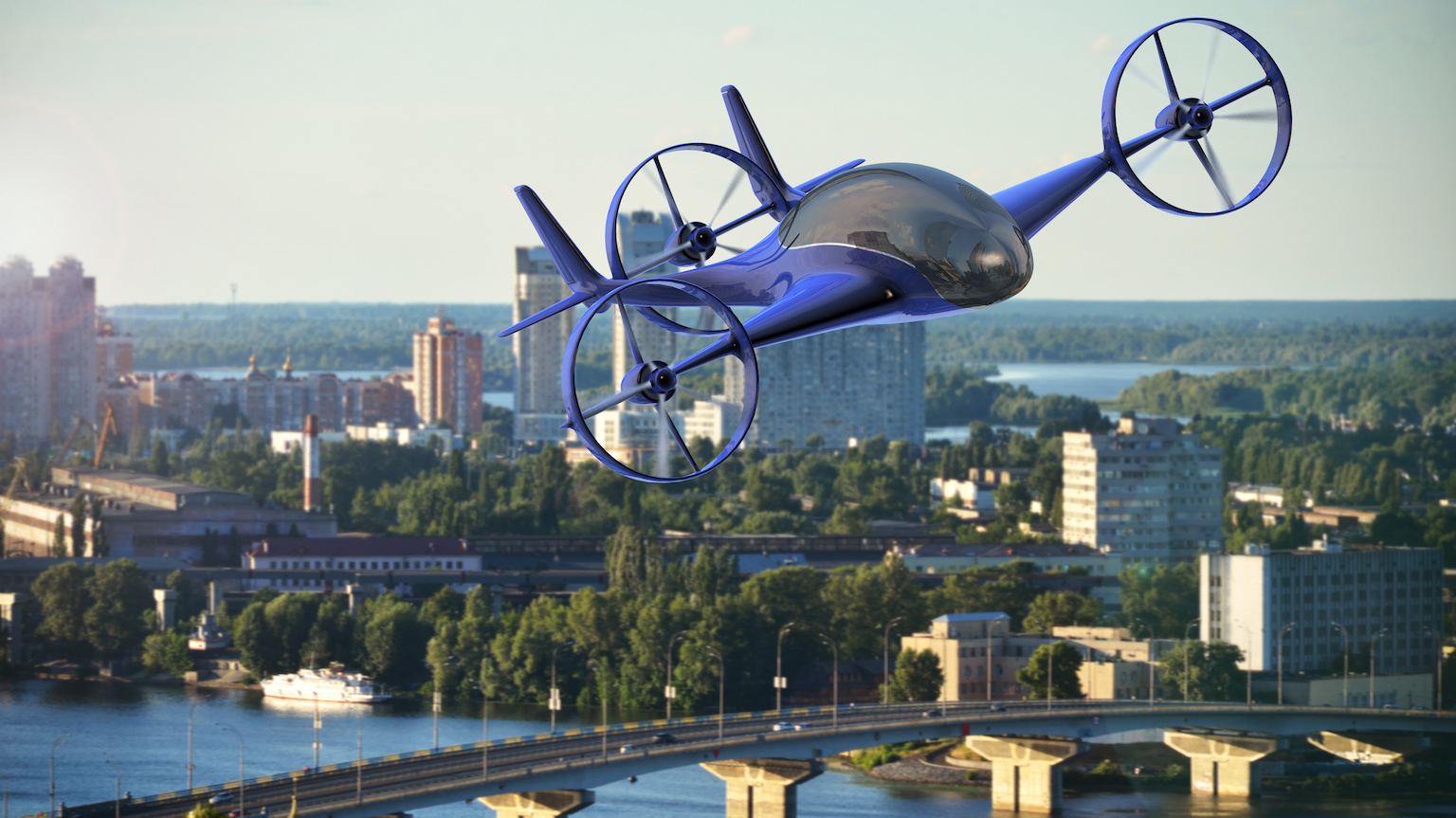[ad_1] Name: Acura NSX (US) / Honda NSX (rest of the world)Debut: 1989 Chicago...
Auto History
[ad_1] The ‘Ford V Ferrari’ motion picture is almost here. We all know that...
[ad_1] Name: Alfa Romeo 33 StradaleDebut: September 1967; Monza, ItalyEngine: 2.0-Liter V8Specs: 227 Horsepower...
[ad_1] Name: Volkswagen W12 ConceptDebut: 1997 Tokyo Motor Show / 1998 Geneva Motor Show...
[ad_1] Name: Lamborghini 5-95 ZagatoDebut: 2014Specs: 5.2-Liter V10, 562 HorsepowerPrice: $1 Million+ Lamborghini has...
[ad_1] Name: Porsche 918Debut: September 2013, Frankfurt Motor ShowSpecs: 4.6-Liter Hybrid V8, 875 Horsepower...
[ad_1] Name: Cadillac CienDebuted: 2002 Detroit Auto ShowSpecs: 7.5-Liter V12, 750 Horsepower Before the C8 was...











